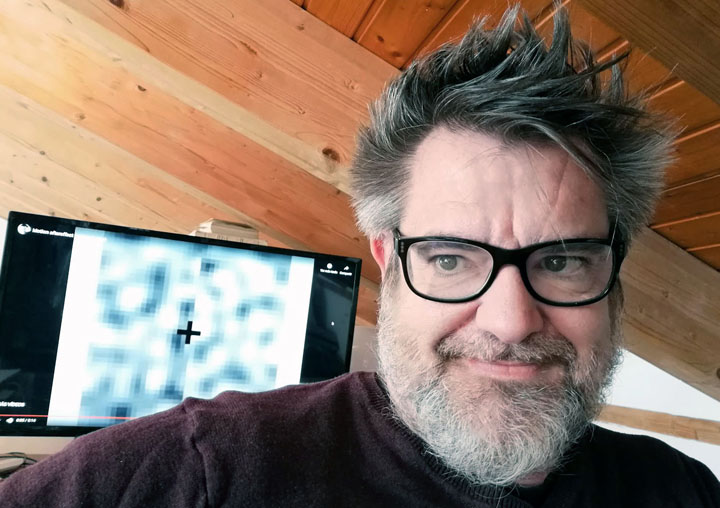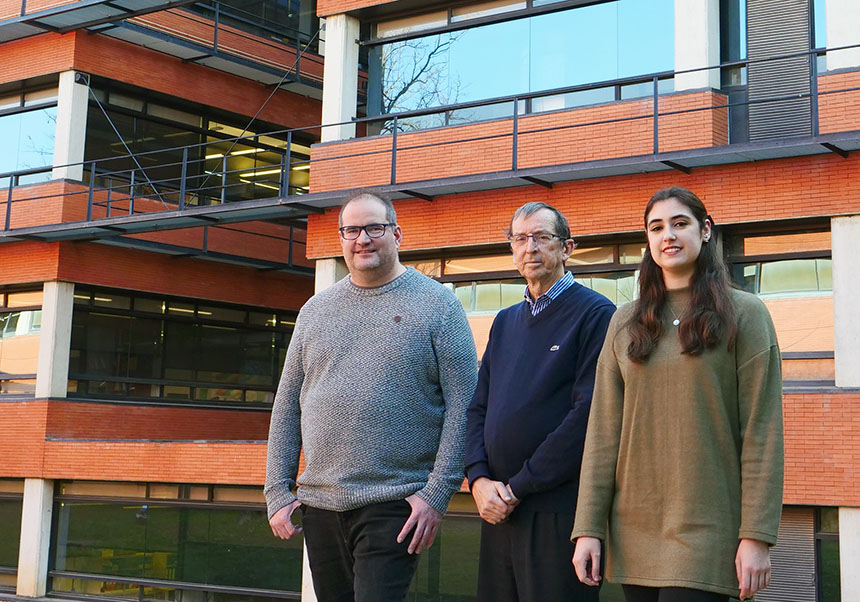UV project seeking to correct AI’s biases awarded €600,000 by BBVA Foundation
- Press Office
- February 28th, 2024

A project, launched by professor Jesús Malo López of the Universitat de València, that aims to improve artificial neural networks by imitating natural vision neurons, a mechanism that allows for the improvement of some of the limitations that AI presents, obtained €600,000 from the BBVA Foundation. ’Taking advantage of Vision Sciences in order to overcome the critical limitations of artificial neural networks’ is the name of the project, which also includes researchers from the Spanish National Research Council (CSIC) and the University of Tubinga in Germany.
Jesús Malo López is a full-time university professor in the Department of Optics of the Faculty of Physics of the Universitat de València and one of the leaders of this project, which was selected by the BBVA Foundation in the Fundamentos Programme for the development of fundamental and interdisciplinary research.
Along with Jesús Malo López, Marcelo Bertalmío, from the Optics Institute of the Spanish National Research Council (CSIC) and Felix Wichmann, from the Department of Computer Sciences of the Neural Information Processing Group of the University of Tubinga (Germany) also collaborate on the project.
Artificial neural networks are computer systems that mimic the human brain and, therefore, are capable of processing information. They are based on biological neurons, but present certain limitations. According to the authors from the project, “the greatest achievement of artificial neural networks has been the way it has driven the meteoric rise of artificial intelligence in recent years, so it is no exaggeration to say that they are rapidly reshaping the science industry and society in general”. But the authors also emphasise the importance of comprehending and tackling the constraints of these artificial networks. Some limitations of AI systems include biases that may result in discriminatory behaviour and a lack of explainability that makes it difficult to interpret how the network reaches a conclusion in a way that is understandable to humans.
The scientific community is currently exploring several promising strategies to overcome these limitations, which could potentially alleviate or even resolve them in the future. However, there are certain limitations of artificial networks, known as critical limitations, for which there are currently no viable solutions and, thus, require further progress. The primary challenges arise from the inflexibility of traditional models and their vulnerability to attacks or their tendency to create false perceptions. Additionally, the amount of training data and the associated energy costs are significant drawbacks. Current networks demand vast amounts of information in order to perform a task at a human level, requiring extensive technical resources and resulting in high energy consumption and CO₂ emissions.
The solution
The primary objective of the project is to design a framework for artificial neural networks that more closely resembles the behaviour of human observers, making them more resistant to attack, easier to train and have better generalisation properties.
To achieve this goal, the research team intends to design new network components using the latest findings and techniques from Vision Science. Additionally, they aim to optimise these components using important experimental results from Visual Psychophysics as training data. Finally, they will validate and refine the new networks to solve fundamental Computer Vision problems.
This project, in which the Universitat de València is involved, is one of the five selected by the Fundamentals Programme from among 305 applications, each of which will receive a grant of 600,000 euros. The purpose of this programme is to support exploratory research into fundamental questions in the science field or at the intersection of multiple disciplines. The UV’s programme focuses on the area of Mathematics, Statistics, Computer Science and Artificial Intelligence. The team has three years to develop the project.
File in: Recerca, innovació i transferència , Òptica , Facultat de Física












